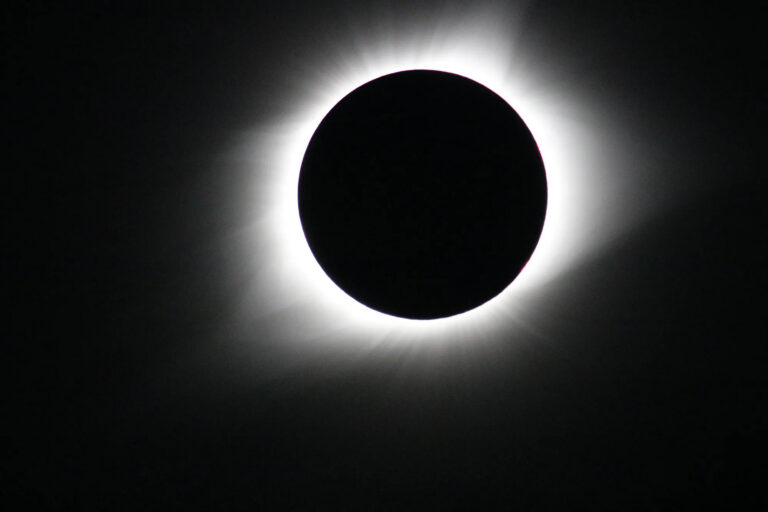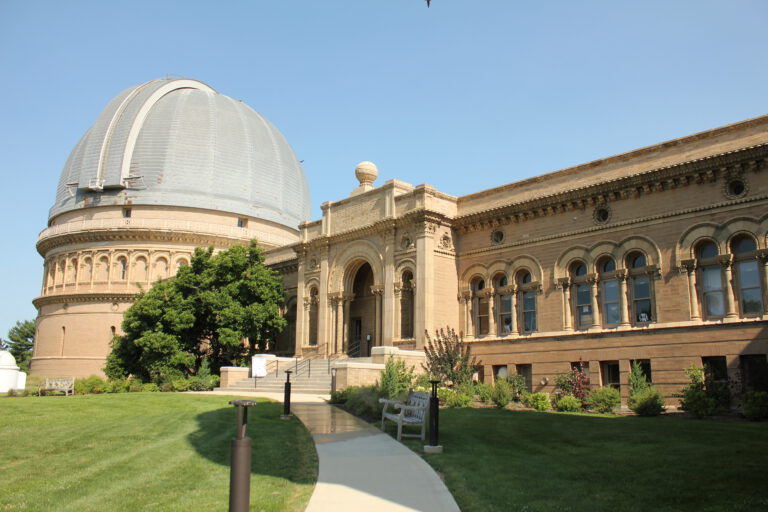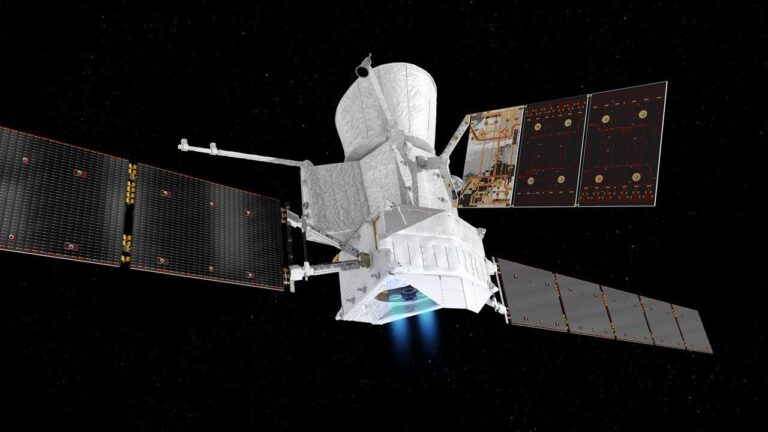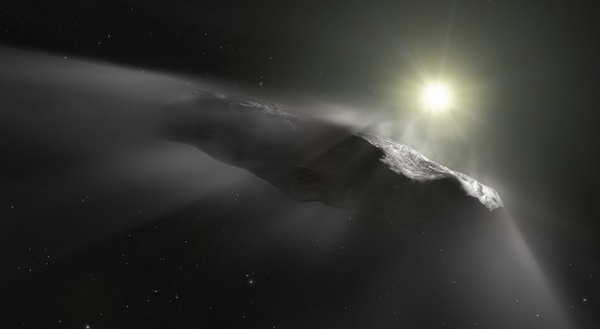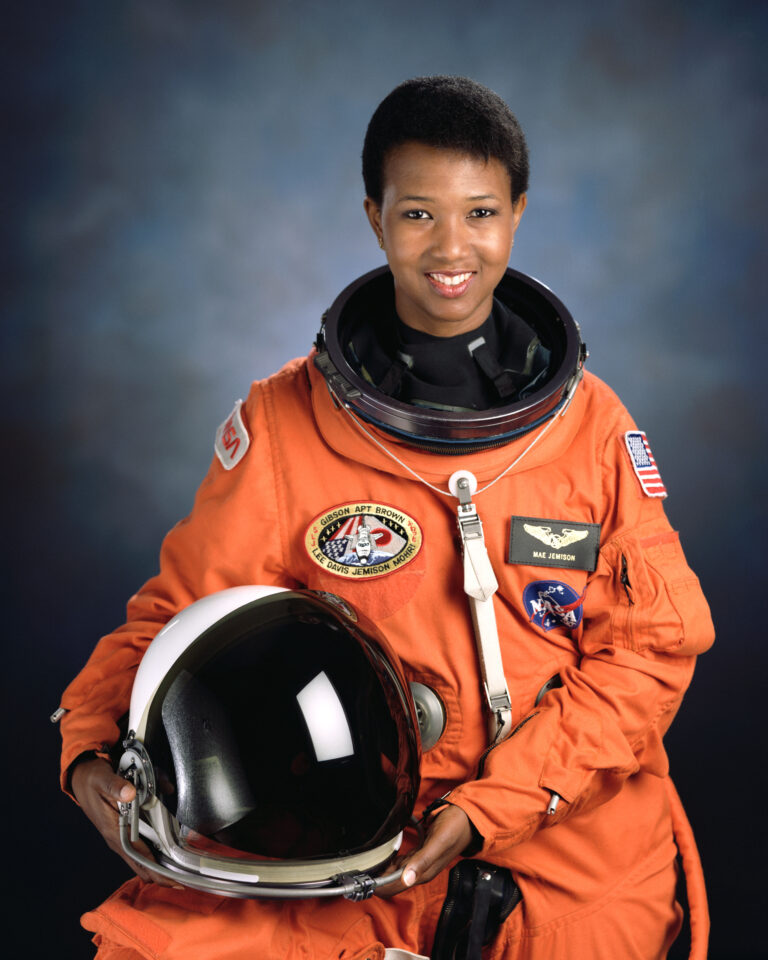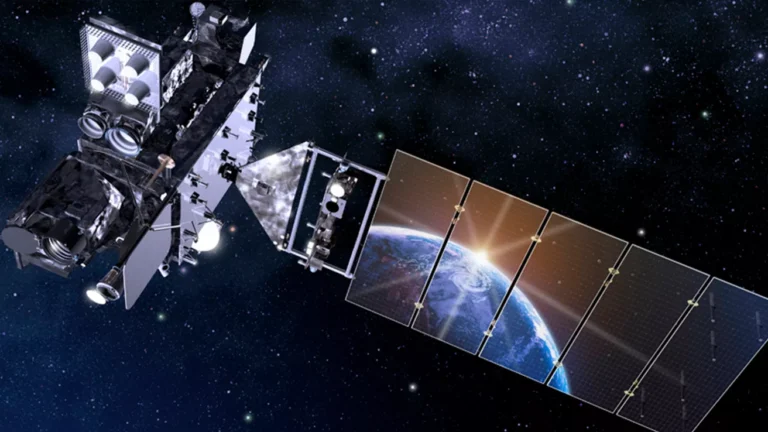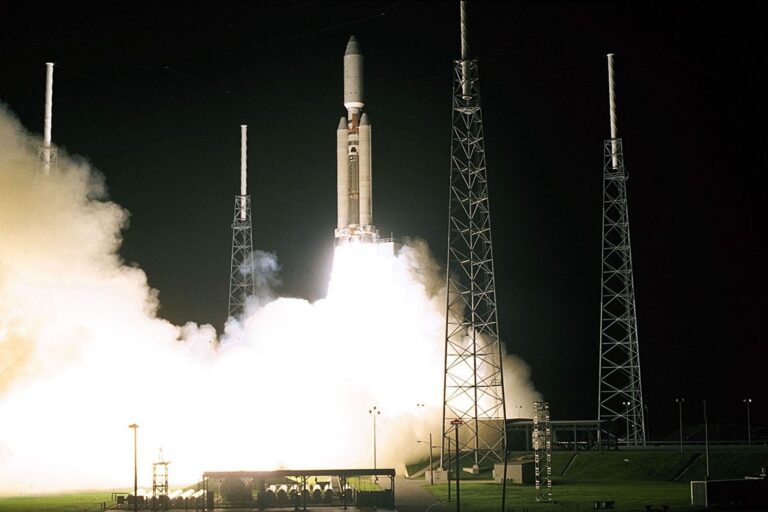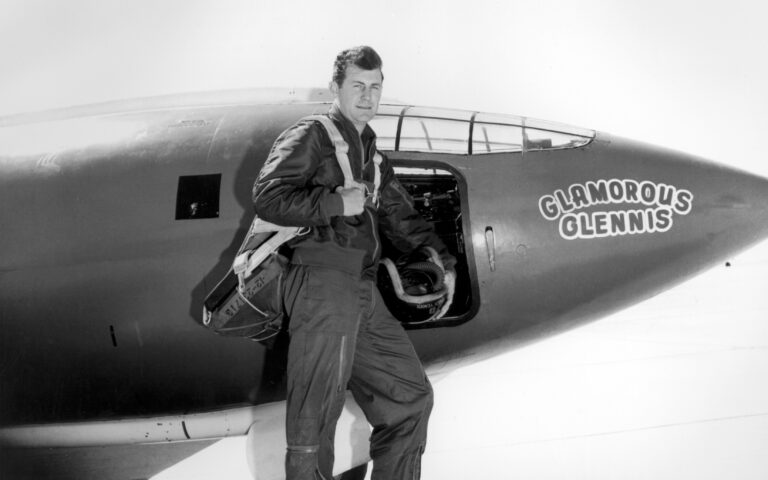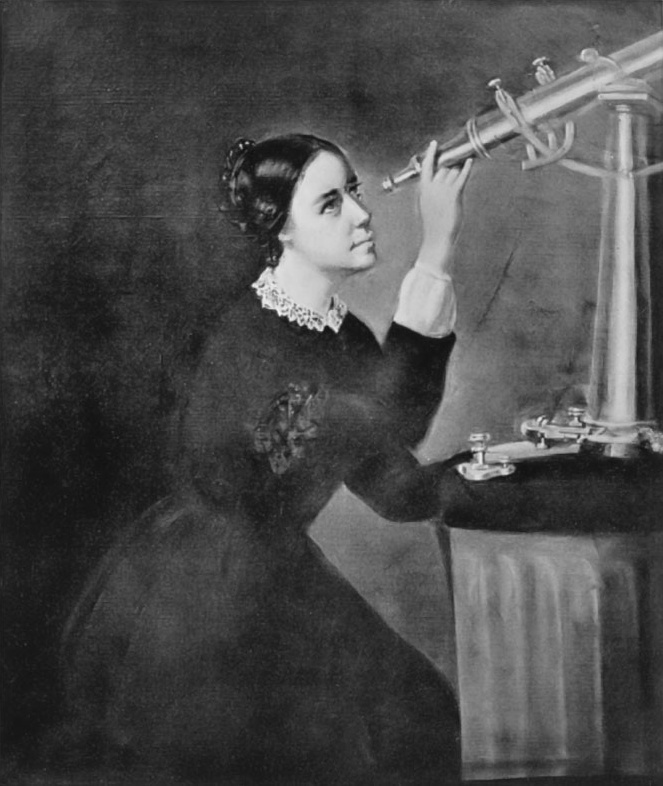
Key Takeaways:
- On October 1, 1847, Maria Mitchell discovered Comet C/1847 T1, subsequently known as "Miss Mitchell's Comet," from Nantucket, Massachusetts, utilizing a 2-inch reflector telescope.
- Following cautious verification, her discovery was announced on October 3, leading to international acclaim, including a gold medal awarded by King Christian VIII of Denmark.
- Mitchell's achievement propelled her to become the first professor of astronomy at Vassar College and the first female member of the American Association for the Advancement of Science (AAAS).
- Her legacy endures through the preservation of her discovery telescope and the ongoing science education initiatives supported by the Maria Mitchell Association.
On Oct. 1, 1847, Maria Mitchell was positioned on the roof of the Pacific National Bank on Main Street in her hometown of Nantucket, Massachusetts. Sweeping the sky with her family’s 2-inch reflector, she spotted a small object that did not appear on any of her charts. Though not able to be seen with the naked eye, the object was visible – if blurry – through the telescope. Mitchell told her father, also an amateur astronomer, who was eager to announce her find; Mitchell was cautious, however, continuing to observe and verify her conclusion that the object was a comet. On Oct. 3, her father sent notice of her discovery to Cambridge University. The comet – C/1847 T1, or “Miss Mitchell’s Comet” – brought Mitchell recognition in America and abroad, including a gold medal awarded by King Christian VIII of Denmark. Mitchell would go on to become the first professor of astronomy at Vassar College, and the first female member of the American Association for the Advancement of Science (AAAS). The telescope with which she discovered the comet is now displayed in her childhood home in Nantucket – just down the street from the headquarters of the Maria Mitchell Association, which continues to provide and support science education as part of Mitchell’s legacy.

